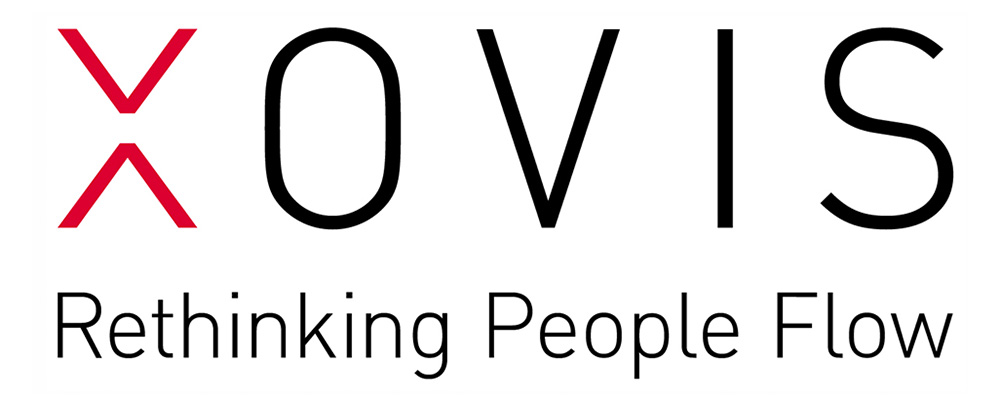Optimise safety strategies and performance management using anonymised real-time data
Using sensor data and other sources, Crowd Insider analyses business-relevant information, such as footfall and dwell time at specific points. The service can identify and classify objects. It analyses the data, enriched with other data sources as required, and visualises it as movement patterns, which the customer can use to gain important insights.
For safety officers, live data is particularly useful as it provides information about what is currently happening, where it is happening and how many people are in one place at a time. The solution can trigger automatic notifications to specific individuals/authorities when defined numbers or limits are reached.
A comparison of the sensor data collected over different periods or between different stores or regional events, for instance, provides information about their performance. Analysis and interpretation of the data again generate useful insights for the initiation of measures or improvements. To simplify the interpretation of data, footfall can be enriched with other data sources, such as meteorological and POS receipt data, etc.
We would be delighted to advise you on the right infrastructure, planning and on-site installation for you. You decide the extent to which we take care of solution operation.
Use cases
Omnichannel
Retail
Large-scale events
Facility Management
Trade fairs/shopping centres
Crowd Insider: key insights
Automatic notification
Define the values and receive an alert when the limit is reached.
Cloud solution
Continual innovation – you always have the state-of-the-art version.
Rental model
Investment-free Crowd Insider benefits at predictable costs.
Anonymised data
The metadata stored is not subject to privacy policies.
A full-service solution
In the service model, sensors and software are always up to date.
Swisscom – your strong partner
- We tailor our products to your individual needs and requirements.
- Thanks to our IT and cybersecurity expertise, your systems are always secure and at the cutting edge of technology.
- Our “as a service” deal lets you reduce your in-house effort to virtually zero and enjoy a comprehensive, full-service package.
- As a general contractor for your solutions, we can act as your single point of contact. We coordinate cooperation with partners.
- We monitor your services around the clock and take any necessary action immediately.
Our Partner

Certified Partner
Why Swisscom Broadcast
Our approach
- We define the ideal architecture for your solution together with you
- We provide you with expert advice on purchasing the solution or using it as a service (as a rental model).
- The installation of your solution is carried out by our specialists throughout Switzerland
- You decide whether the video system runs on site or in the cloud
- Our product innovation manager guarantees use of the most intelligent tools.
FAQ Crowd Insider
Is data protection guaranteed when using sensors?
Yes, the sensors used by Swisscom Broadcast guarantee data security at all times. The data is only transmitted in text format and all personal information is removed prior to transmission.
Can the Crowd Insider solution be used to trace an individual?
No, because the sensors only store anonymised data, which cannot be traced back to an individual.
How do the sensors work?
The sensors record a person and temporarily assign that person a random identification code. The identification codes are all aggregated and stored as metadata (= in text format).
Do the sensors store images and videos?
No, the sensors analyse the recorded image data, convert certain information (such as the position and time stamp of an identification point) into text and store this metadata.
Can sensor data be used to identify individuals?
All the collected data is anonymous and aggregated – it is NOT possible to trace it back to an individual person.
Can sensors be used to measure footfall?
Yes, sensors can be used to analyse foot traffic patterns and dwell times. Analysis of this kind is conducted in a way that complies with data protection legislation and meets the audit standards of the FDPIC.












